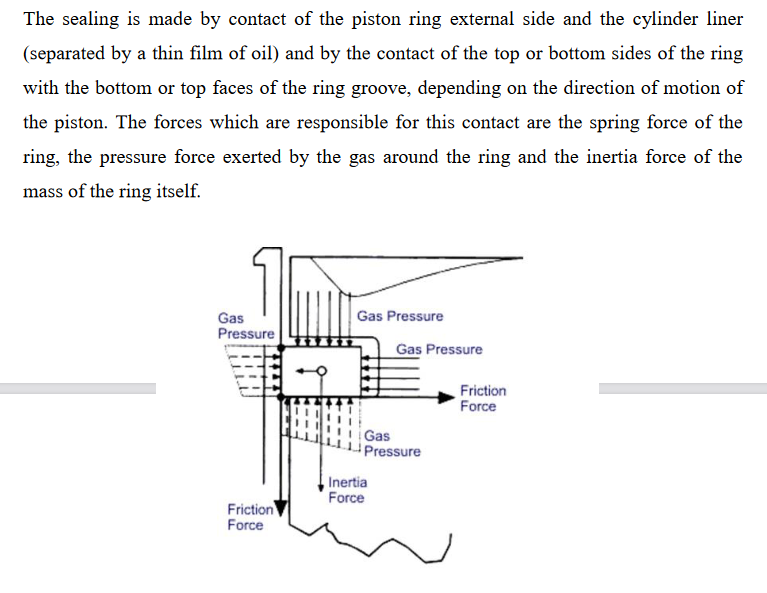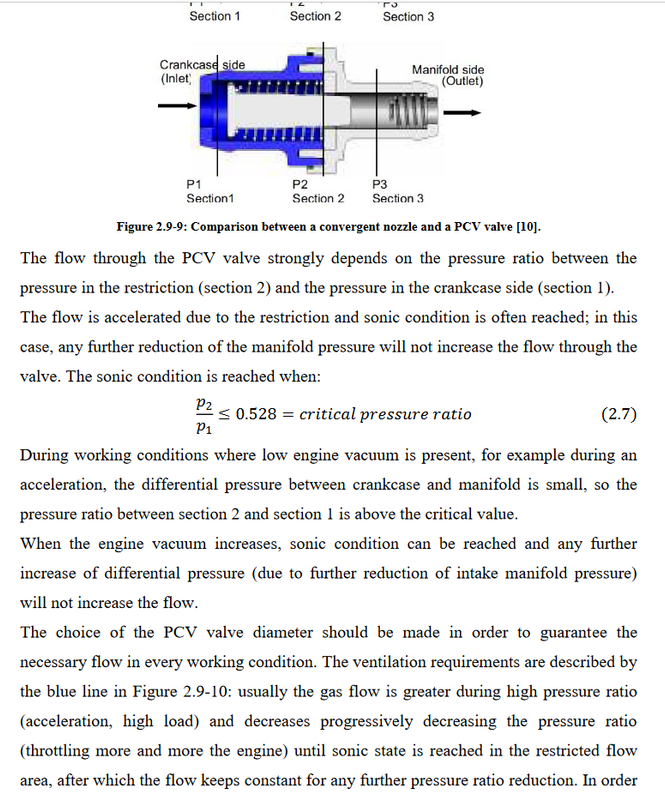you never measured crankcase pressure so how do you know it was adversely affected? All I said was to measure it to make sure. Not that it would definetely cause a issue to use a aftermarket filter.
My filter is AFE 7-Layer and produced 1.5" Hg at wide open throttle 600rwhp. But at just 300rwhp there is no pressure drop I bet. So application & power output total vs CFM flow rate of the filter matters.
This is a very common issue it even has a TSB
truckpcv.png

Almost always caused by high flow filters on stock engines which cannot pull a vacuum on the crankcase at WOT, causing oil to flow into baffle system and blow from the engine.
Then people blame the PCV system without realizing the filter is part of the PCV system.
PCV is a high performance secret, you measure it carefully and set it up for the engine, every time.





 Reply With Quote
Reply With Quote












